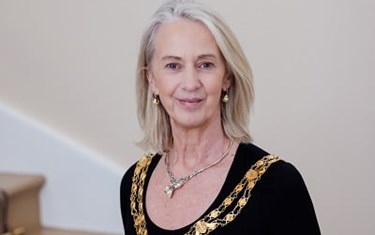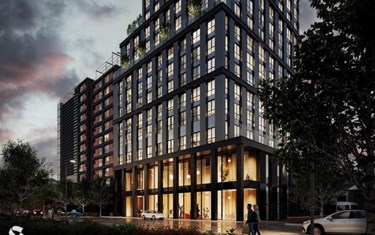 It is incredibly rewarding to have officially started the Presidential Visits to nations and regions. Meeting planners across the country and discovering the fabulous projects they are delivering is nothing short of inspiring. It is a powerful reminder of the positive change that planning brings to communities.
It is incredibly rewarding to have officially started the Presidential Visits to nations and regions. Meeting planners across the country and discovering the fabulous projects they are delivering is nothing short of inspiring. It is a powerful reminder of the positive change that planning brings to communities.
But right now, I am just an audience of one.
We need the wider public to see and feel the value of planning. Because in a discretionary planning system like ours, the ultimate power lies with the public. If people don’t understand the life-changing benefits of well planned places or how to engage with the system then that discretion can all too easily give way to conflict and mistrust.
That is why the recent June meeting of the General Assembly took a deep dive into community engagement both in policy and in innovation.
We heard from Miriam Levin, Director of Participatory Programmes, and Hana Kapetanovic, Lead Researcher at Demos, on their Mimby Majority publication, proudly supported by the RTPI. They made a compelling case: when communities are genuinely involved in shaping spatial development strategies, it reduces resistance and smooths the path downstream. If we speak to people meaningfully and keep them in the loop from strategy to planning application we build not only trust, but shared ownership.
In today’s climate, where planning reform and housing delivery are central to economic growth, that trust matters more than ever.
We have an incredible opportunity. Surveys show that 67% of the public say “maybe” to development in their back yard provided the right conditions are in place, whether that is better infrastructure, thoughtful design, or access to services.
And yet, only 48% know how to get involved in a planning consultation.
That has to change.
We also heard from Indira Knight, a design researcher and creative technologist, who wowed the Assembly with her doctoral research work on using Augmented and Virtual Reality in the planning process. She showed how organisations like Network Rail and Mid-Cornwall have already used these tools to boost understanding and trust. These immersive technologies allow people to quite literally step into the vision and in doing so, make planning feel real and relevant.
Both sessions delivered the same clear message: if we want people to care about planning, we need to help them see it, feel it, and understand it.
That is why I will be launching a campaign later this year to spotlight the positive power of planning. We will celebrate the stories, the spaces, and the people behind the plans and most importantly, bring the public into the heart of the conversation.


